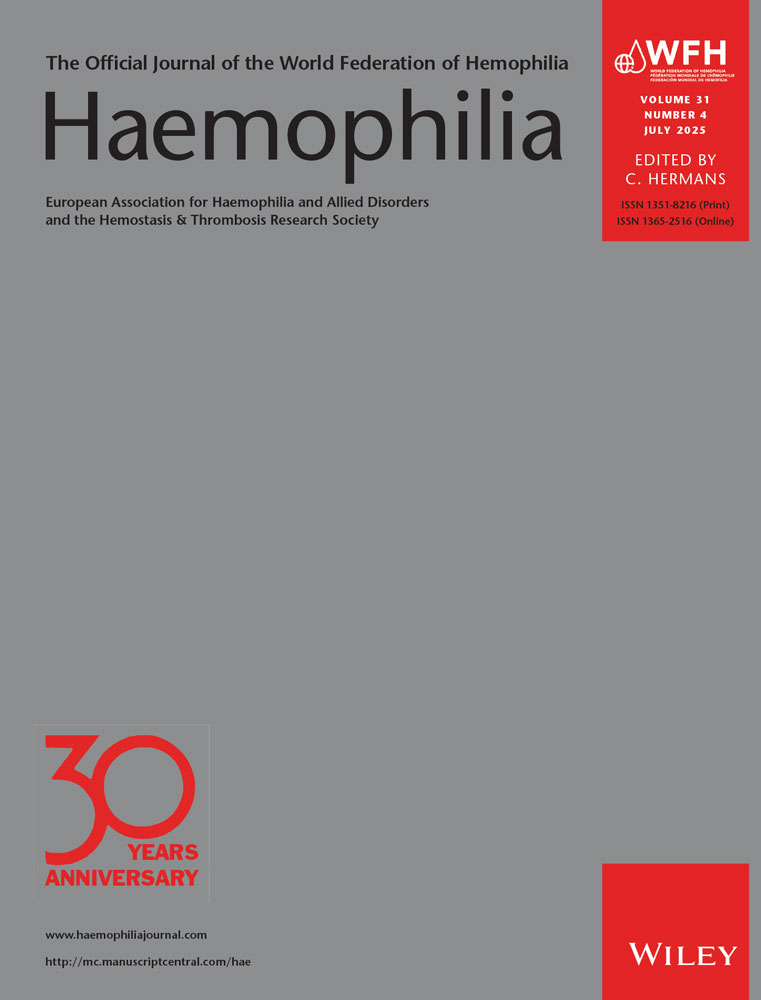The optimal mode of delivery for the haemophilia carrier expecting an affected infant is caesarean delivery
Abstract
Summary. While a majority of affected infants of haemophilia carriers who deliver vaginally do not suffer a head bleed, the outcome of labour cannot be predicted. A planned vaginal delivery puts a woman at risk of an abnormal labour and operative vaginal delivery, both of which predispose to intracranial haemorrhage. Furthermore, vaginal delivery does not eliminate the risk to the haemophilia carrier herself. Overall, maternal morbidity and mortality from planned vaginal delivery are not significantly different from those from planned caesarean delivery. Caesarean delivery is recommended or elected now in conditions other than haemophilia carriage, where the potential benefits are not nearly as great. Additionally, vaginal delivery of the haemophilia carrier poses medical/legal risks if the infant is born with cephalohaematoma or intracranial haemorrhage. Caesarean delivery allows for a planned, controlled delivery. Caesarean delivery reduces the risk of intracranial haemorrhage by an estimated 85% and the risk can be nearly eliminated by performing elective caesarean delivery before labour. Therefore, after a discussion of the maternal and foetal risks with planned vaginal delivery versus planned caesarean delivery, haemophilia carriers should be offered the option of an elective caesarean delivery.




